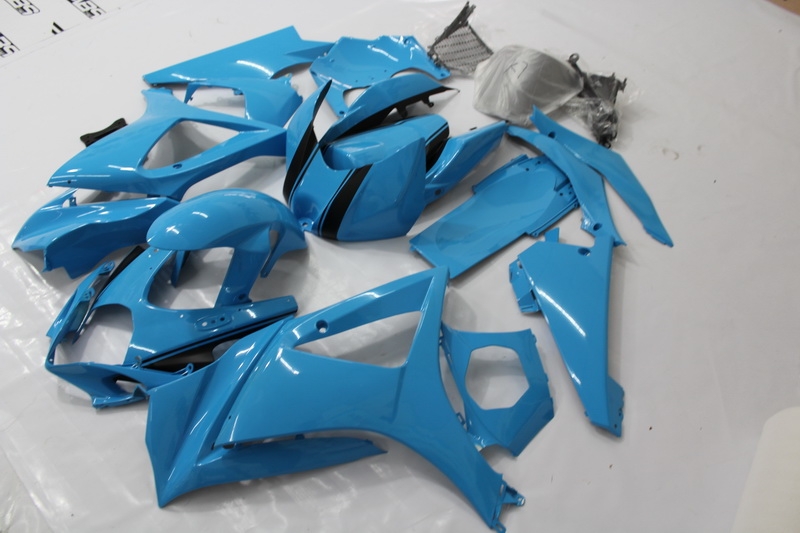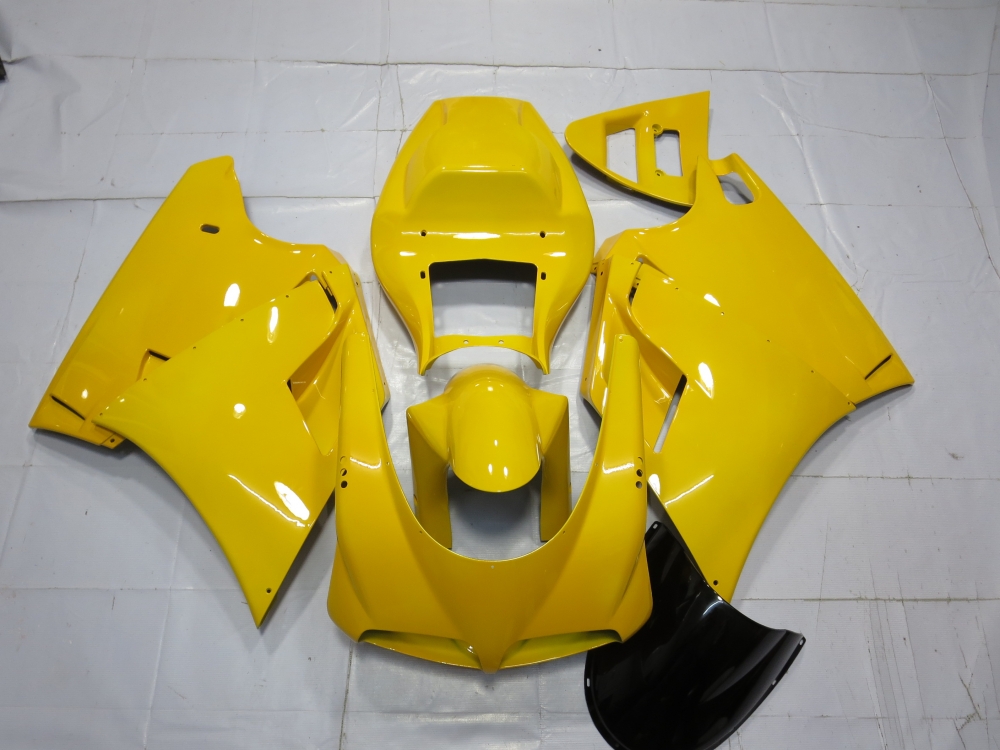- The First Honda CBR was Designed by Tadao Baba
The Honda CBR900RR Fireblade was the first CBR bike in the range, designed in 1992 by the famous Honda designer, Tadao Baba. Baba was given the task of creating the ultimate superbike. He started off with choosing a weight of 192kg, and original plans were to use the 750cc engine from previous Honda models. Baba made a commotion with other designers as he tried to stick to this weight; this meant redesigning parts rather than using old ones. Later on they decided to put an 893cc engine in the 900RR, making it lighter than an existing 750cc, but more powerful. The CBR900RR made a new baseline for sports bikes and was so far ahead of its time that it can still keep up with the newer sports bikes.
- Stock Honda Fairings Require a Certain Repair Products, Made by 3M
Due to the secret composition of Honda’s fairings, most products used to repair ordinary ABS fairings will not work properly due to the composition of the plastic. Therefore, when working on your original fairings, ensure that you contact 3M and verify that you are using the correct products, as using incorrect ones could damage your fairings. If you have aftermarket fairings that are made from ABS you do not require special products, as long as they are suitable for ABS.
- Most CBR Fairings Will Fit on Previous Models
Over the years CBR fairings have changed shape quite a bit, thus changing the overall shape of the bike. However, the frames haven’t changed that much and this is what the fairings fit onto. It is actually possible to fit aftermarket fairings from later models onto their predecessors, usually with not much work. Within some models the aftermarket fairings will simply fit onto the existing frame, however, in some cases, it may be necessary to change other parts to match, or buy undrilled fairings, so that the holes are guaranteed to line up.
- The Aerodynamics in the late CBR Models Come From Honda’s GP Race Development Team
This isn’t much of a surprise, but the aerodynamics that are used to perfect the fairings in Honda’s Moto GP bikes, has filtered down through the designers to the latest models to make them as aerodynamic and stable as possible at high speeds. Think about it, if a bike that’s going over 200mph can still be stable, so can yours. Also it makes the road legal versions look super cool when you’re driving down the road, especially when the bike is a race replica.
- When Fairings are Made, They Don’t Need to be Sanded Before Painting
When fairings are first made the plastic that has been used has not been previously treated, therefore leaving a blank canvas. All the factory needs to do to paint these fairings is use an etching primer. This primer wears away the surface of the material, like you would by sanding your fairings. Therefore, creating the surface needed for the next few layers of paint. This reduces costs and labour, as less time is needed to paint the fairings.

































